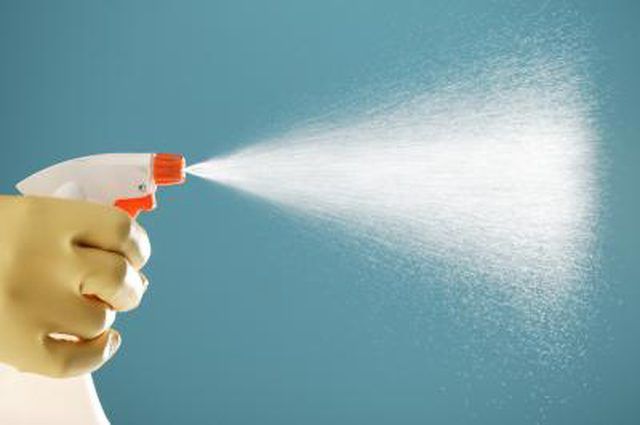Bulbs
Flower Basics
Flower Beds & Specialty Gardens
Flower Garden
Garden Furniture
Garden Gnomes
Garden Seeds
Garden Sheds
Garden Statues
Garden Tools & Supplies
Gardening Basics
Green & Organic
Groundcovers & Vines
Growing Annuals
Growing Basil
Growing Beans
Growing Berries
Growing Blueberries
Growing Cactus
Growing Corn
Growing Cotton
Growing Edibles
Growing Flowers
Growing Garlic
Growing Grapes
Growing Grass
Growing Herbs
Growing Jasmine
Growing Mint
Growing Mushrooms
Orchids
Growing Peanuts
Growing Perennials
Growing Plants
Growing Rosemary
Growing Roses
Growing Strawberries
Growing Sunflowers
Growing Thyme
Growing Tomatoes
Growing Tulips
Growing Vegetables
Herb Basics
Herb Garden
Indoor Growing
Landscaping Basics
Landscaping Patios
Landscaping Plants
Landscaping Shrubs
Landscaping Trees
Landscaping Walks & Pathways
Lawn Basics
Lawn Maintenance
Lawn Mowers
Lawn Ornaments
Lawn Planting
Lawn Tools
Outdoor Growing
Overall Landscape Planning
Pests, Weeds & Problems
Plant Basics
Rock Garden
Rose Garden
Shrubs
Soil
Specialty Gardens
Trees
Vegetable Garden
Yard Maintenance
How to Get Rid of Harlequin Bugs
How to Get Rid of Harlequin Bugs. Harlequin bugs can be a formidable garden pest. They are black bugs that have a shield-like appearance with orange, red or yellow markings on their backs. Harlequin bugs eat many vegetable but are partial to mustard greens. Like most other insect pests, they are difficult to get rid of. But there are several...

Harlequin bugs can be a formidable garden pest. They are black bugs that have a shield-like appearance with orange, red or yellow markings on their backs. Harlequin bugs eat many vegetable but are partial to mustard greens. Like most other insect pests, they are difficult to get rid of. But there are several methods you can try.
Things You'll Need
Diatomaceous earth
Insecticides
Spray bottle
Water
Zip-top bag
Glass jar
Rake
Diatomaceous Earth
Purchase diatomaceous earth from an Internet site or a gardening supply store. Diatomaceous earth is a ground-up marine fossil product that kills insects.
Sprinkle a thin layer of diatomaceous earth on your garden.
Reapply another layer in two to three days if the bugs persist.
Insecticides
Obtain an insecticide containing rotenone from your local garden supply store. You can also use an insecticide that contains pyrethrum or sabadilla.
Follow the package directions to mix the insecticide in a spray bottle. Most brands instruct one teaspoon of insecticide to one gallon of water.
Spray your garden with the mixed insecticide.
Repeat your application weekly until the harlequin bugs are gone.
Keep the Garden Clean
Pull all weeds. More weeds give these bugs a place to hide.
Handpick the bugs. If you see harlequin bugs on your plants, pick them off the plants and dispose of them in either a zip-top bag or a sealed jar filled with water.
Keep garden debris free. Rake up leaves and pick up sticks, especially during the winter, when the harlequin bugs would be living there.
Tips & Warnings
Using any kind of bug killer will destroy pests other than the harlequin bugs. This is important to keep in mind, because some bugs are necessary for healthy gardens. Likewise, predators of the harlequin bugs live in mulch and leaf piles in the winter. By clearing away the debris, you are reducing the predators, as well.
Diatomaceous earth is nontoxic and safe to use around children and pets. It kills insects by drying their exoskeletons.
Rotenone, pyrethrum, and sabadilla are natural insecticides.
Whenever using insecticides, regardless if they are natural or not, it is important to use caution. Make sure you are downwind of the insecticide when you spray. Make sure children and pets are out of the area, as well. If you are growing vegetables you intend to eat, wash them before you eat them to ensure that you do not ingest the insecticides.